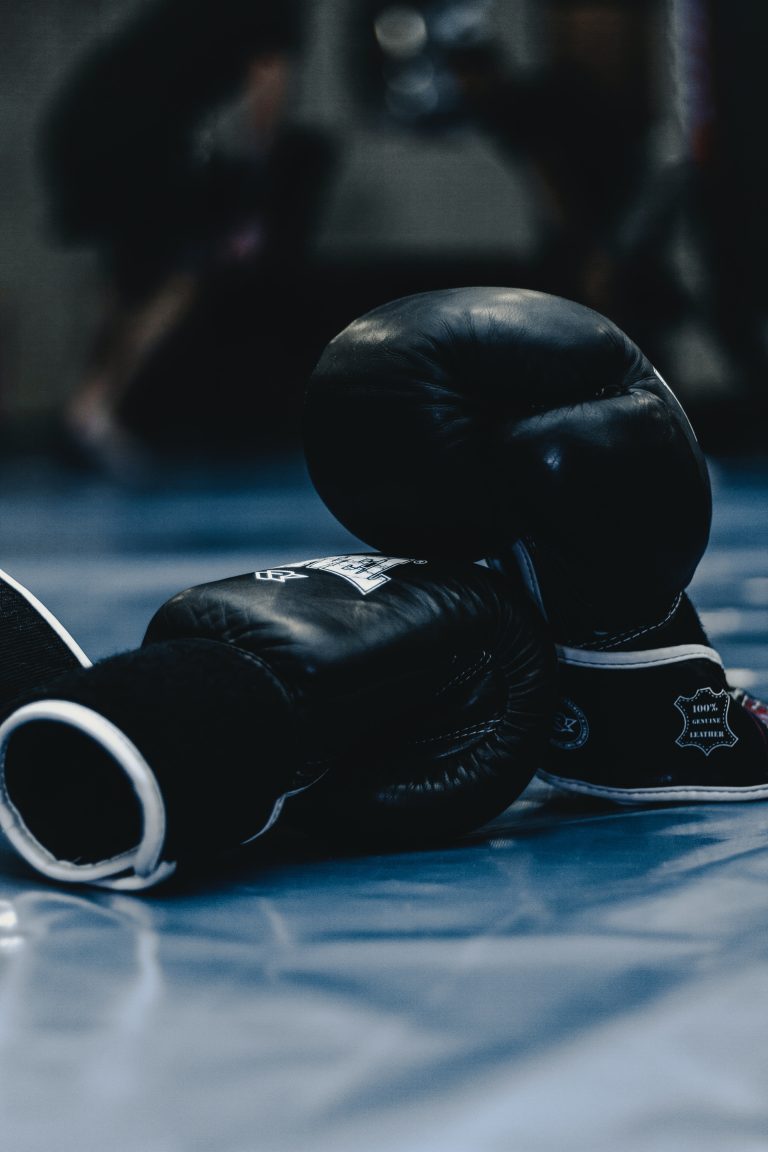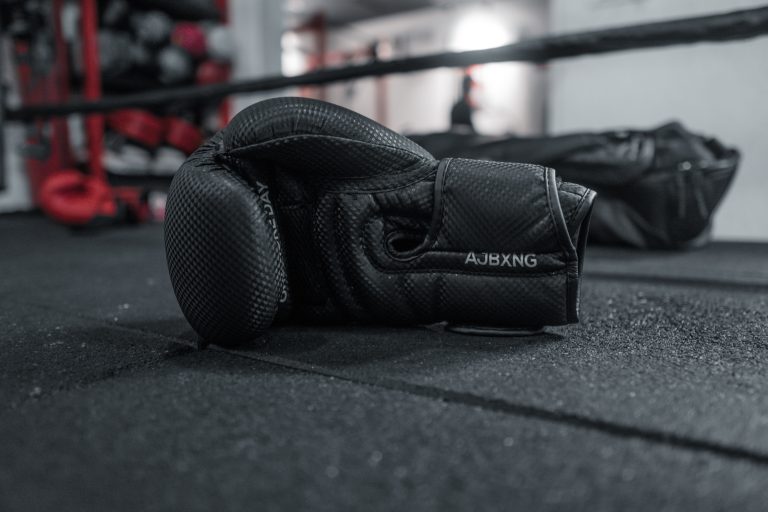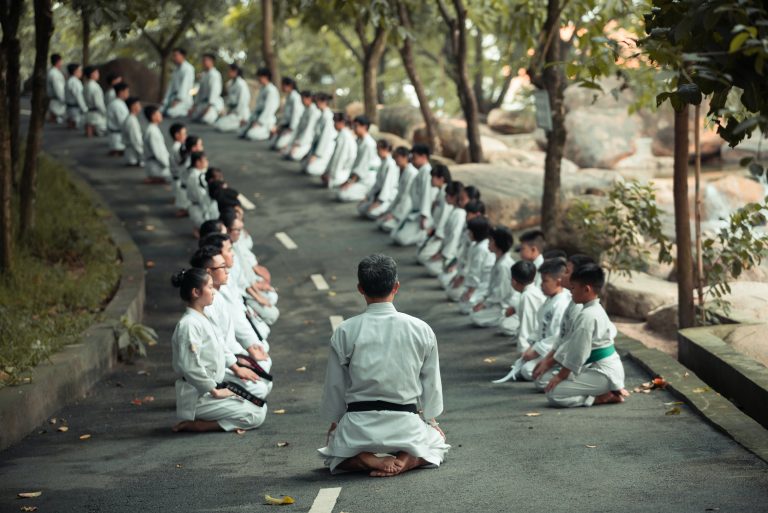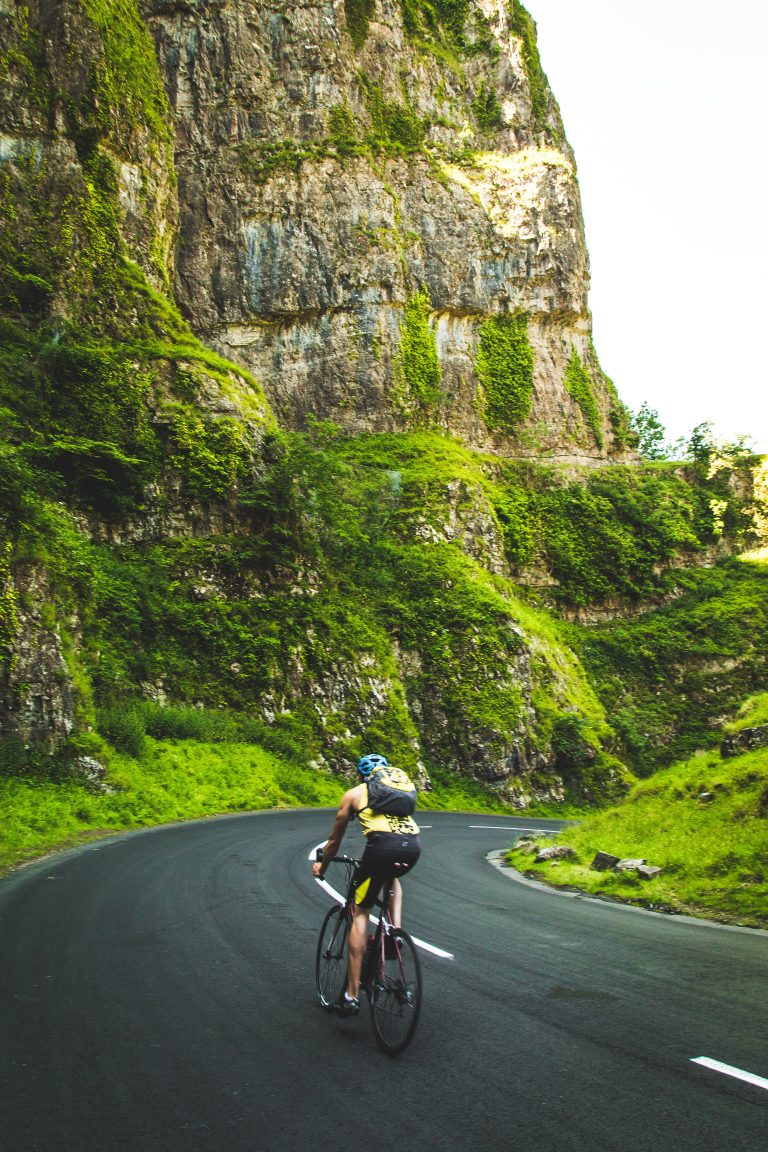The Ultimate Guide to Karate for Beginners: How to Get Started with Karate
Karate is one of the most popular physical activities in the world, and it’s easy to see why. The martial art offers a great full-body workout, impressive defensive tactics and a chance to learn something new. People of all ages and backgrounds can benefit from the mental, physical and spiritual growth that comes with learning karate.
But it can be hard for those new to karate to know how to get started. That’s why, in this article, we’re going to give an in-depth overview of how to get started with karate. We’ll cover all the basics, from finding an instructor and choosing the right equipment to understanding the different karate forms and taking advantage of online learning resources.
What is Karate?
Let’s start by taking a look at what karate is exactly. Karate is a form of martial arts developed in Japan during the 16th century. Despite becoming popular in the United States and around the world over the past few decades, karate is still mainly practiced in Japan, where it is considered to be a way of life.
The word “karate” translates literally to “empty hand”, referring to the martial art’s focus on self-defense without weapons. The art emphasizes punches, kicks, blocks and evasions that rely on striking opponents with hands and feet rather than weapons such as swords or guns. In addition to self-defense techniques, karate also teaches practitioners mental and spiritual strength and discipline.
Choosing an Instructor (Dojo)
The first step in getting started with karate is choosing an instructor. This can be done by researching nearby dojos or karate schools on the internet or by asking around at recreational facilities like YMCAs or other community centers. You can also find out about karate classes at local martial arts centers and gyms or ask family, friends and coworkers for recommendations.
When you have a few potential instructors in mind, a good idea is to visit the dojo (sometimes called a “do”) during one of the classes to get a better sense of the instructor and style. Look for an atmosphere that feels safe and positive and that encourages you to push yourself while also emphasizing proper safety protocols.
In addition to speaking with instructors, you may also want to speak with other students at the dojo who can provide insight into the instruction style, atmosphere and class size. It’s also worth noting that most dojos offer introductory classes in which you can sample the instruction and environment before committing long-term.
Choosing Equipment
Once you’ve chosen an instructor, it’s time to start shopping for gear. The basic pieces of equipment you should consider are:
- Karate uniform: The traditional karate uniform is called a gi (sometimes referred to as a karategi), which consists of a jacket and trousers made from a thick cotton fabric that is lightweight but tough. Gi color usually depends on your dojo preference or instructor’s requirements.
- Karate belt: Karate belts are worn around the waist and typically have a color that corresponds to your grade or level in karate. Colors usually range from white for beginners up to black for advanced students.
- Protective gear: Protective gear like gloves, shin pads, and head gear are always recommended when practicing karate. Make sure that these items are comfortable when you try them out and that they fit properly.
In addition to the gear listed above, there are a few other items you may want to consider such as hand wraps, mouth guards and protective cups. You may also want to buy an instructional book or DVD, which can be helpful when waiting for specific situations or just when you want to practice at home.
These pieces of gear are generally considered necessary for beginners but more advanced practitioners may choose to specialize their gear as their grade increases.
Karate Forms
Karate has a variety of forms, each of which teaches slightly different principles and techniques related to defense and offense. Different instructors will focus on different forms, so it’s important to know what form your chosen instructor teaches. Let’s take a look at some of the most popular forms of karate:
- Shotokan: Shotokan is an all-purpose style of karate that focuses on strong stances, strong strikes and strong breathing –known as “Ippon Kumité”–Good “simple limit” in Japanese. Shotokan-style karate is characterized by its reputation as a defensive martial art.
- Wado-Ryu: Wado-Ryu is a cutting edge style of karate that emphasizes fluid motions blended with strength movements. It mixes Jujitsu (white-collar combat) with strong strikes and smooth blocks that rely heavily on blocking your opponents’ attacks.
- Gojuryu: Gojuryu develops speed, power and stability through the use of low stances and strong punching techniques. The punches are performed with power while keeping one eye on the opponents’ movements so as to be able to react quickly.
- Shorinji Ryu: Shorinji Ryu emphasizes traditional Japanese fighting techniques with elements borrowed from Judo and Jujutsu merged with that of contemporary Western martial arts such as fencing and boxing.
No matter which form you choose, it’s important to remember that each form can help you grow physically, mentally, spiritually and emotionally—if you commit yourself to the practice. So take your time in selecting the best instructor for your needs.
Online Learning Resources
In addition to attending classes at a dojo or martial arts center, there are plenty of online learning resources available that are worth considering if you can’t attend physical classes for any reason. Online karate courses offer students flexible learning options with videos that contain step-by-step instructions from some of the world’s leading karate teachers/instructors. The most reputable online programs provide theoretical knowledge as well as interactive exercises and tests so that students can track their progress along the way.
Popular online programs include the Online Karate School (OKS), which includes exercises and tests to develop your hand-eye coordination, reflexes, strength and agility; Martial Arts Academy (MAA) which provides an interactive learning platform with tools like quizzes, streaming videos and graded practice sessions; and Dragonfly Karate (DFK) which helps students build up their martial arts portfolio by allowing them to upload videos of their practice sessions for review by professional instructors. Regardless of which program you decide to go with, make sure to pick one that is perfect for your learning style and goals so you get the most out of it!
Conclusion
Starting karate is exciting but can also be intimidating for some people –especially beginners—since it involves physical endurance, mental discipline and reflexive movements in order to learn it effectively. Still, if you stick with it, you’ll find that it’s not only an excellent way to stay fit but also helps you feel more empowered and confident.
To get started with karate, take the time to research local instructos, choose the right equipment and understand the different forms of karate available. And don’t forget about online learning resources such as OKS, MAA and DFK to help you practice when attending physical classes isn’t possible. With these tips in mind, you can be well on your way to mastering karate!
Inhaltsverzeichnis






